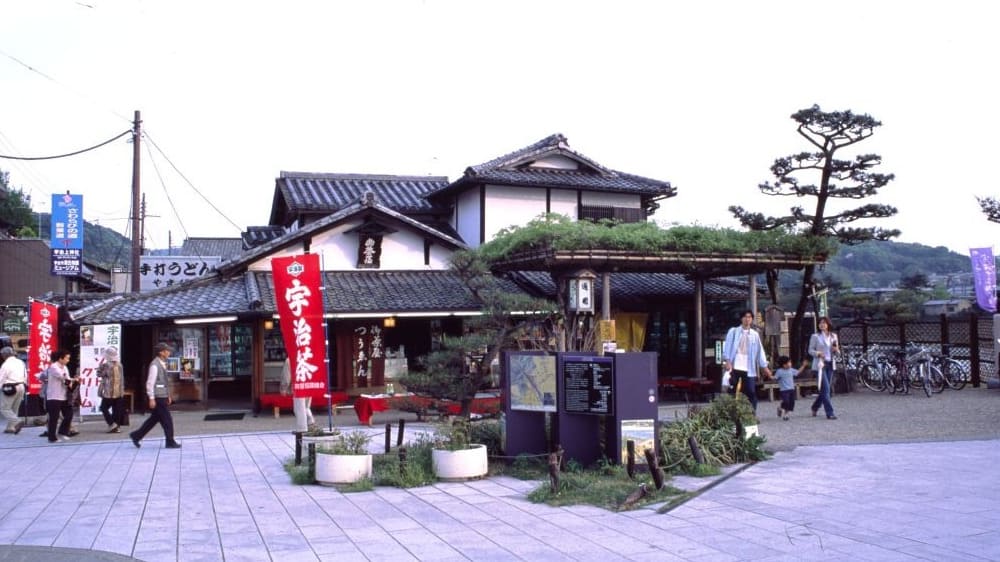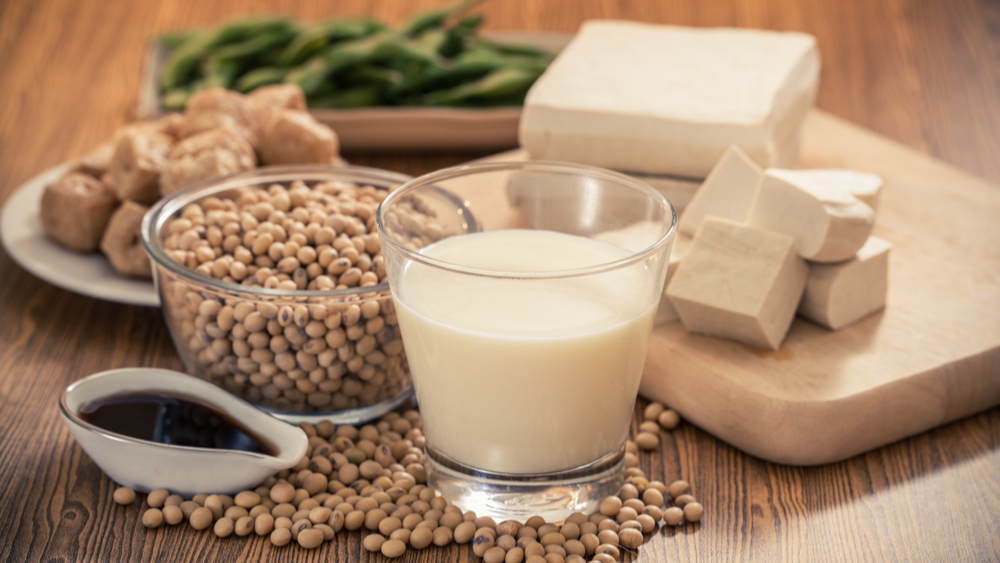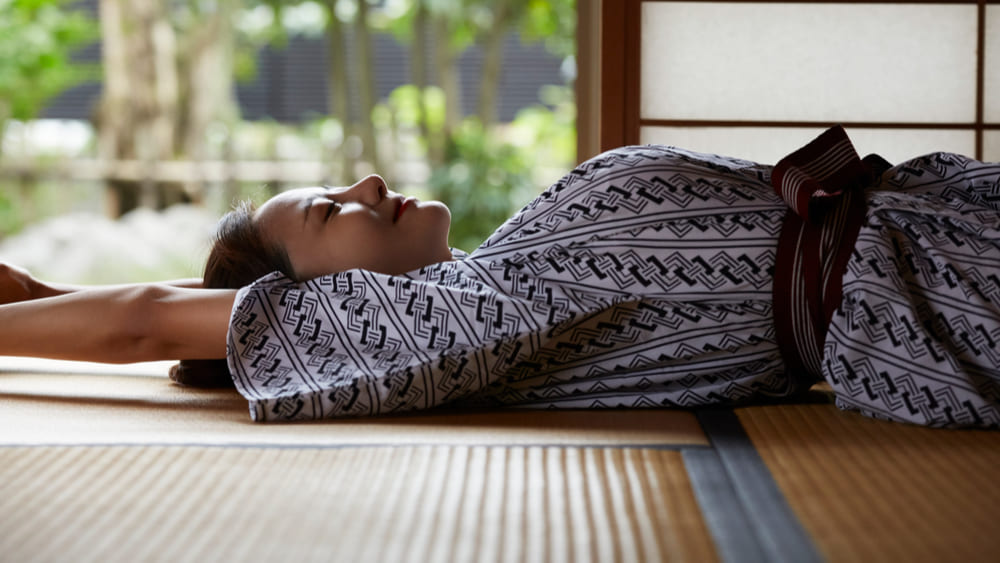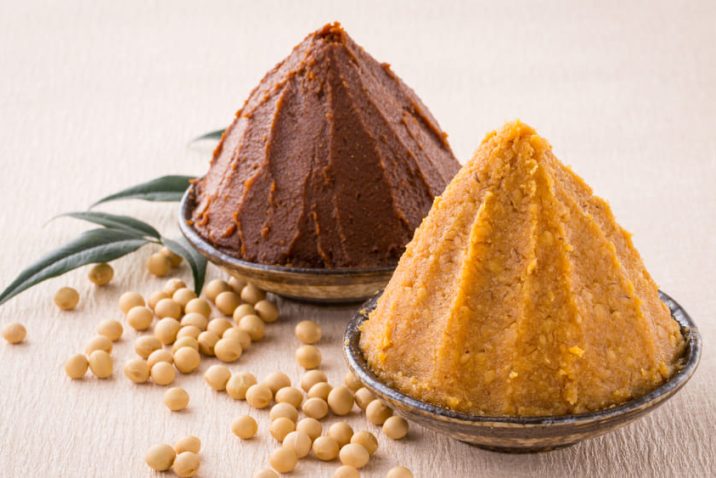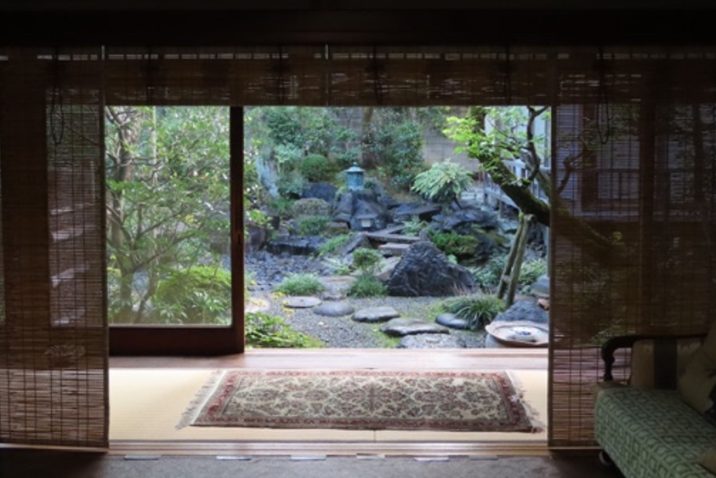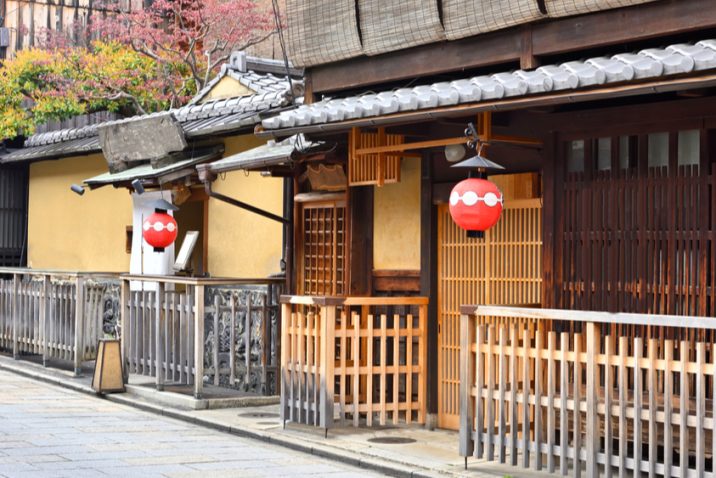Since tea was introduced to Japan from China, the city of Uji in Kyoto has been producing a wide variety of the finest teas for about 800 years. It is a historic place that has led the development and growth of Japan’s tea culture. Tsuen Tea...
*This article contains affiliate links. “There is a fortune in leftovers” is a famous Japanese proverb. Tofu, miso, soy sauce, soy milk, natto and other foods made from soybeans are indispensable to the Japanese diet. However, did you know...
Tatami (straw mat) heals the tired bodies of Japanese people in their daily lives and can be used for decades after being repaired many times by the handiwork of craftsmen. In the past, they were then returned to the fields as fertilizer when they...
*This article contains affiliate links. Are you using a “My Straw” (Japanese slang for personal straw) that can be used repeatedly? In Japan, a new plastic law has come into effect in April 2022, which is expected to increasingly promote reducing...
Due to the heat island effect and global warming, Japanese summer continues to get hotter and hotter every year. Moreover, around the world, household electricity bills continue to skyrocket. Is there any way to cool the house without relying so...
Many places around the world, including Japan, still have a strong disposable culture. Japan has the second highest amount of disposable plastic waste per capita in the world. In order to realize a circular economy in which resources and products...
How do people generally dispose of their worn-out clothes? According to a survey conducted by the government, the majority of respondents (68%) dispose of their used clothes as combustible or non-combustible garbage. Other options included...
Preserved foods are foods that can be left at room temperature for an extended period of time and still be eaten, and they exist in all regions. Preserved foods can last longer by drying them, using salt, sugar and vinegar, or soaking them in oil or...
Since ancient times, the Japanese have devised ways to live comfortably in the humid summer and the cold and dry winter of their homeland. The lifestyle of the machiya residents is a perfect example of such ingenuity to enjoy the four seasons while...
Traditional Japanese housing is designed to cope with the extremes of summer weather in hot and humid climates. In other words, they are designed to live in harmony with the external environment by creating airy and open spaces. These houses also...


